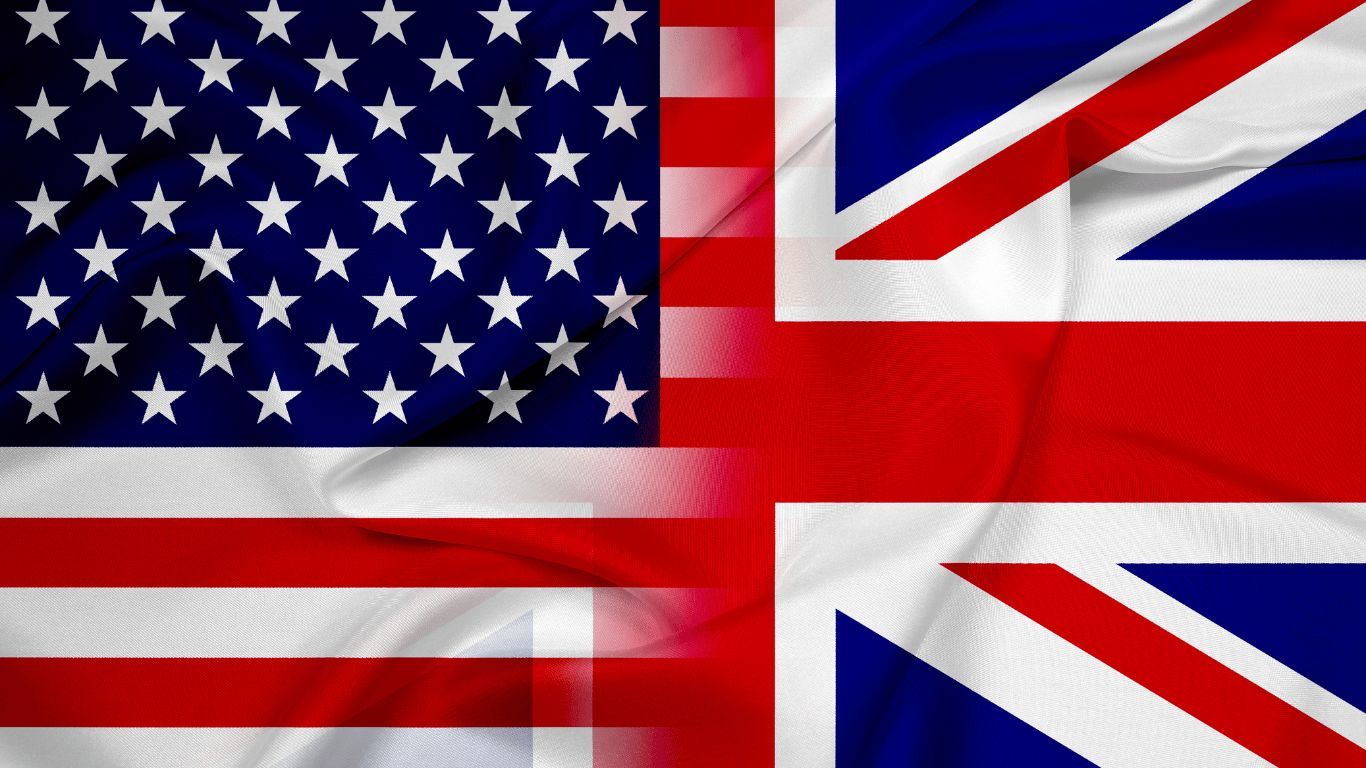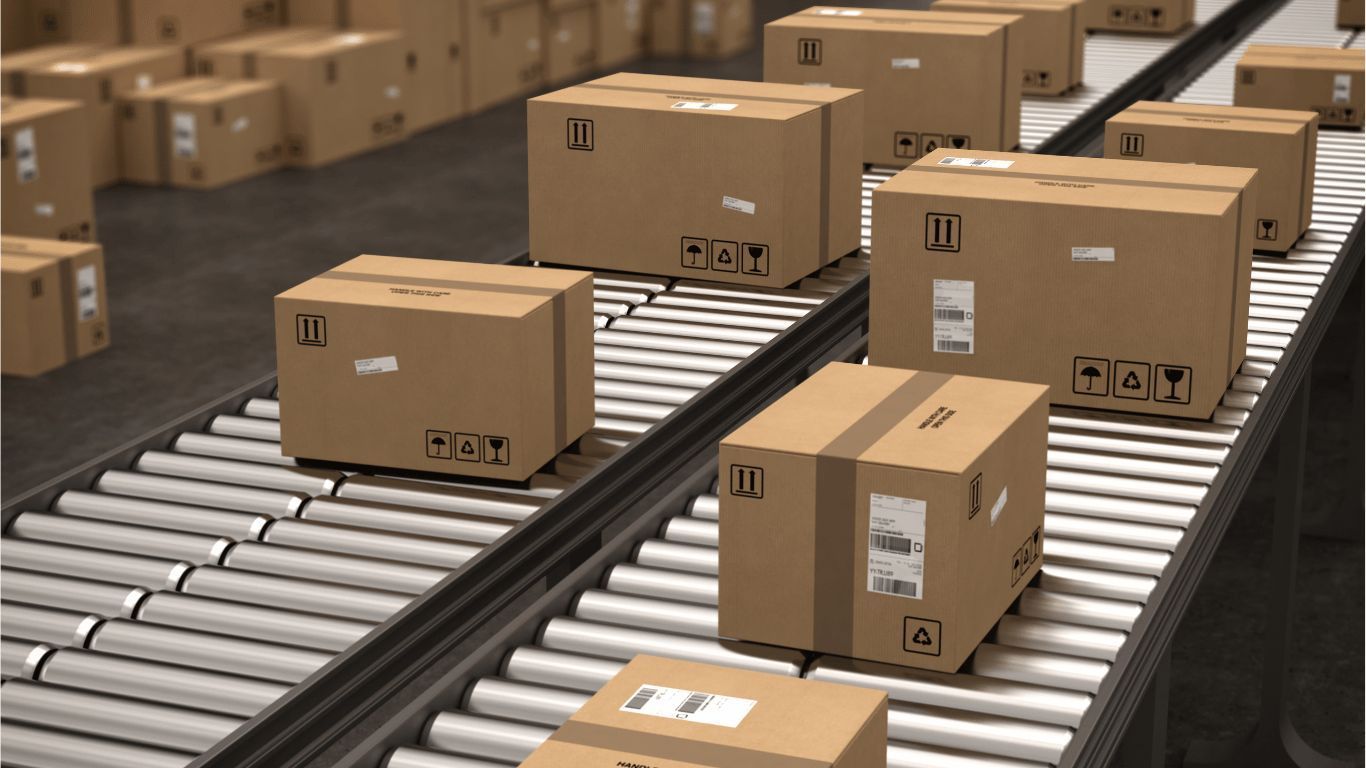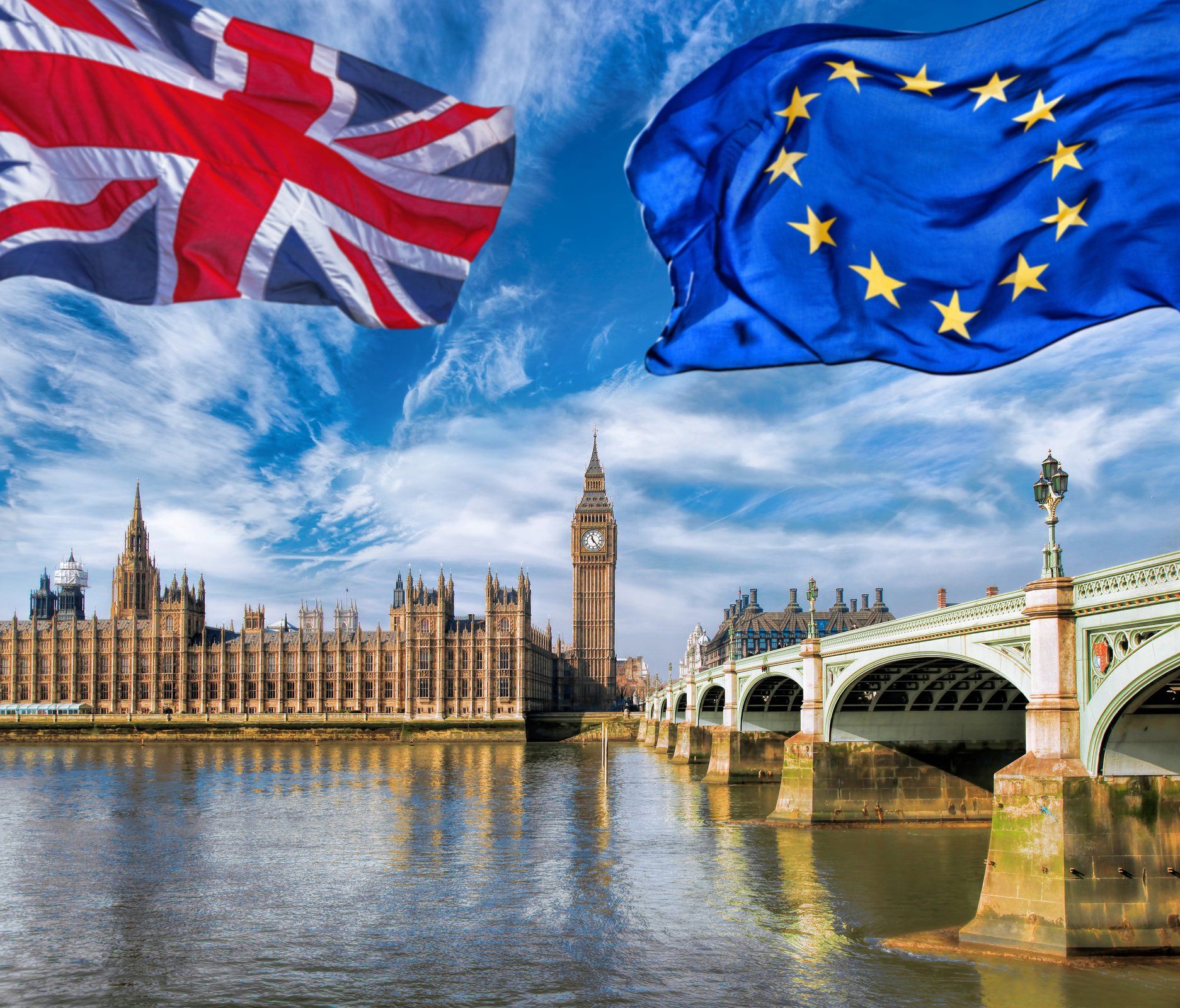What are the Challenges with Transfer Pricing?
What is Transfer Pricing?
Transfer Pricing is used by multinational enterprises to establish the pricing for goods and services transferred between their related companies situated in different countries. Multinational enterprises often use Transfer Pricing as a method to allocate profits into territories where tax rates are more favourable.
However, these transactions carried out between related companies must comply with the Arm’s Length Principle. Tax authorities normally look for conformity with the Organization for Economic Cooperation and Development (OECD) guidelines on the application of the arm’s length principle for cross-border transactions between related companies. Multinational enterprises need to demonstrate that the transfer prices applied in transactions between their related companies is equivalent to prices charged by independent companies in similar economic conditions.
Corporate Tax and the International Shipping Department Alignment Challenges
With related company transactions accounting for more than 60% of global trade in terms of value, multinational enterprises need to comply with both the OECD guidelines/principles on transfer pricing and the World Trade Organization (WTO) Valuation Agreement on imported product valuations.
What are the challenges?
Within multinationals, the objectives for the Corporate Tax Team and the objectives for the International Shipping Department can be contradictory and result in tensions.
The Corporate Tax Team is looking for the highest transfer price possible, as this reduces taxable profit.
The International Shipping Department is looking for the lowest Customs value possible, as this reduces duty and import tax payments.
In most cases the transfer pricing benefits will outweigh the Customs duty benefits. Nevertheless, multinationals need to ensure they remain compliant with the OECD guidelines and the WTO Valuation Agreement on import valuations.
The Corporate Tax Team may only review transfer pricing with Tax authorities once a year. Whilst the International Shipping Department is declaring an import valuation and duty / tax liability to Customs authorities on each customs entry, in some case many times a day.
The International Shipping Department is required (in numerous countries) to declare on the customs entry that the exporter and importer are related. Therefore, they must be prepared to demonstrate to Customs authorities that the declared valuation has not been influenced by the companies being related.
Customs value is confirmed at point of customs clearance.
Transfer value is confirmed retrospectively.
Tax authorities and Customs authorities set rules independently concerning the value of imported products.
- Tax authorities normally look for conformity with the (OECD) Transfer Pricing Guidelines on the application of the arm's length principle for the valuation of cross-border transactions.
- Customs authorities conform to the World Customs Organization (WTO) Valuation Agreement, formally known as Article VII of the General Agreement on Tariffs and Trade (GATT) Valuation Code. The Agreement identifies that Customs valuation for duties should be, as far as possible, based on the actual price of the goods to be valued.
- Subsequently, the Tax authorities and Customs authorities have different approaches.
- Tax authorities are focused on Transfer Pricing between related companies that may be superficially higher than they should be.
- Customs authorities are focused on imported product prices that may be superficially lower than the market price.
Customs have 6 methods for calculating the value of imported goods and OECD Transfer Pricing Guidelines detail 5 transfer pricing methods that may be used to establish or test the arm’s length principle for the value of imported goods.
- Customs valuation covers goods only.
- Transfer Pricing covers goods, services and property.
Customs
There are 6 methods for calculating the value of imported goods where ad valorem duty applies to assess the amount of customs duty and import tax to pay (import tax is not applicable to all countries). Tariff classification and preferential origin are the other key elements necessary for establishing duty liability. The same value is often used for trade statistics.
Transaction Value. Many countries have reported that transaction value is used in 90 – 95% of all importations. This method is based on the price paid or payable by a buyer to a seller for the imported goods adjusted in accordance with specific rules.
- The customs value of identical goods.
- The customs value of similar goods
- The deductive value.
- The computer value.
- The fall-back method.
Tax
The OECD Transfer Pricing Guidelines detail five transfer pricing methods that may be used to establish or test the arm’s length principle. The first three methods are frequently referred to as the traditional transactional methods whilst the latter two are referred to as the transactional profits’ methods.
- Comparable uncontrolled price method
- Resale price method
- Cost plus method
- Transactional net margin method
- Transactional profit split method
Customs authorities continue to focus on the transaction value and whether the price has been influenced by the companies being related. Customs authorities will therefore examine transfer pricing data in this context and not in relation to the use of other WTO methods.
Comparison of the OECD Transfer Pricing Guidelines with WTO Valuation Agreement
- Comparable Uncontrolled Price (CUP) - Value of identical goods method and value of similar goods method.
- Resale Price Method - Deductive value method
- Cost-plus Method - Computed value method
- Transactional Net Margin and Profit Split Method - Fallback value method
Benefits of Alignment between Corporate Tax and the International Shipping Department
Corporate Tax and the International Shipping Department working together can develop a business model that meets the mutual needs of both tax and customs authorities regarding transfer pricing and Customs valuation.
Corporate Tax and the International Shipping Department should discuss any Advance Pricing Arrangements (APAs), so that they can ensure the transfer pricing method is mutually acceptable to the Customs and Tax authorities.
Corporate Tax and the International Shipping Department should work together to provide Customs authorities with transfer pricing analyses and data related to the imported goods to avoid penalties.
Corporate Tax and the International Shipping Department should exchange information to cover both tax and Customs issues.
Corporate Tax may need to make periodic adjustments to the transfer price paid or payable (sometimes referred to as a ‘year-end adjustment’ or a ‘true-up’ adjustment). The implications of these retroactive transfer pricing adjustments on the Customs valuation of goods imported will need to be discussed between Corporate Tax and the International Shipping Department. Why? Many countries have procedures which enable Customs authorities to consider upwards and downwards adjustments to the Customs value, following a transfer pricing adjustment. The upwards adjustments could result in additional duty being owed against imported goods and this duty must be paid. The downwards adjustments could result in a refund of duty.
- Customs and Border Protection (CBP) state “It is now CBP’s position that subject to certain conditions, the transaction value method of appraisement will not be precluded when a related party sales price is subject to post-importation adjustments that are made pursuant to formal transfer pricing policies and specifically related (directly or indirectly) to the declared value of the merchandise. These adjustments, whether upward or downward, are to be taken into account in determining transaction value.”
- Australia Customs and Border Protection state “Where a voluntary disclosure involves transfer pricing between related parties, any adjustments to goods must be submitted as soon as the data becomes available and should be submitted in line with your financial reporting obligations. Where a voluntary disclosure results in an overpayment of customs duty, a claim for a refund can be lodged”.
- HM Revenue and Customs state "Situations may arise, whereby, for a variety of reasons, the price that you pay to the seller for the imported goods is revised or re-negotiated after the entry of the goods to free circulation. When this happens you must consider the customs valuation and Customs Duty implications". However, until a Brexit agreement is in place, UK companies looking at retroactive Transfer Pricing adjustments will need to be aware of EU rules concerning transfer pricing and Customs valuations.
The Business Strategy for Transfer Pricing
- Developing and applying transfer pricing strategies to assist the company in achieving their international business objectives.
- Produce a Transfer Pricing Study, as the information may be useful in demonstrating to Customs authorities that the price has not been influenced by the relationship.
- Companies should also consider documenting all internal procedures concerning the international movements of goods between related companies within the group.
- Produce a company Transfer Pricing Policy to cover all international movements of goods between related companies within the group. The policy should consider applicable customs valuation requirements.
- Companies should audit their international movements of goods between related companies within the group to ensure that correct duties have been paid and refunds obtained.
- Companies should contemplate obtaining advanced rulings from certain Customs authorities.
- Report retroactive Transfer Pricing adjustments to Customs authorities.
If you would like more details, please call +44 (0) 118 932 8447 or email info@icsglobalservices.co.uk
Ian Simmonds




